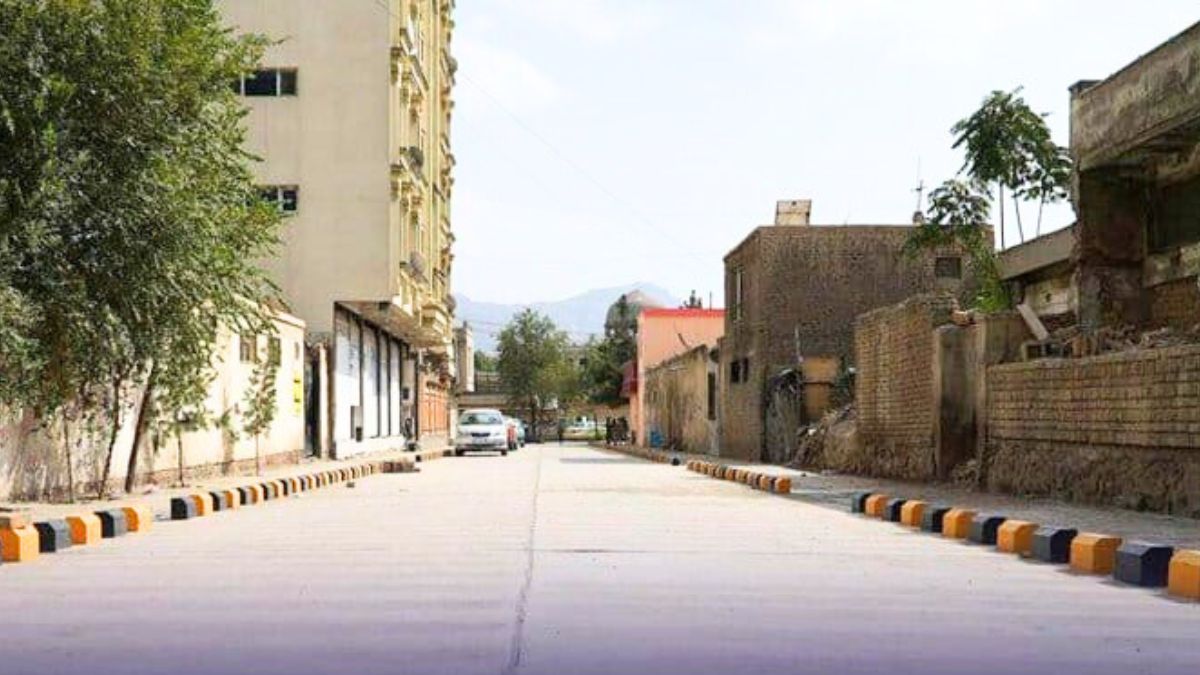 Image Credits- Pajhwok Afghan news
Image Credits- Pajhwok Afghan news
The 8th Municipality District has unveiled a series of newly constructed roads and streets, marking a substantial investment in the city’s infrastructure. The project, which cost an impressive 9.5 million Afghanis (Afs), aims to enhance connectivity and improve daily life for residents in this rapidly growing area.
The official announcement was made by the district’s municipal officials including, the Director of Public Works, Mohammad Wali, the District Mayor, Eng. Abdul Rahim. They were instrumental in overseeing the project and communicating its benefits to the public.
The completion of these roadworks comes as part of the municipality’s broader efforts to address the growing demands of urban expansion. The newly constructed streets are expected to alleviate traffic congestion, provide smoother transportation routes, and bolster the overall efficiency of the district’s infrastructure. Local officials have emphasized that these upgrades will not only facilitate easier movement for residents but also contribute to the district’s economic development by making it more accessible for businesses and visitors.
According to sources, the project was meticulously planned and executed, with a focus on durability and long-term sustainability. The new roads feature improved drainage systems to handle seasonal rains, reducing the risk of flooding and damage. The streets are also designed to accommodate the increasing number of vehicles and pedestrians, reflecting a modern approach to urban planning.
Residents of the 8th Municipality District have welcomed the completion of this project with optimism. Many believe that the new roads will significantly enhance their quality of life by reducing travel time and improving safety. Additionally, the project has created job opportunities and stimulated local economic activity during its construction phase.
This development highlights the ongoing commitment of Kabul’s municipal authorities to upgrading the city’s infrastructure and addressing the needs of its growing population.
